How many times have you stared blankly at your computer screen or at your paper, wondering how to start writing an article without popping a vein? Writing sometimes gets even the best of us. It can be quite difficult to put all your ideas on paper, no matter how good they seemed swimming in your head a few minutes ago. If you want to know how to start writing an article, you came to the write place. Take a deep breath, empty your mind of distractions, and pay close attention as we dissect the problem.
To know how to start writing an article, you have to understand a few concepts:
Writing is not simply jotting down words on paper; it entails so much more. To write an article on a certain topic, you need to know what sub-topics you want to tackle, who your audience is, what your sources will be, and  what the flow of ideas will lead to.
what the flow of ideas will lead to.
Writing requires both creativity and logic. That means you need to have a concrete idea – and then you need to put it into words in a way that will appeal to your target audience. Without either, you will be hard-pressed to come up with a well-written article.
Writing requires exercise. The brain is like a muscle that you need to flex regularly for it to work efficiently. This is why a lot of people find themselves stumped when they need to write an article: it’s probably something they don’t really do everyday. If you want to write an article, practice everyday! One way to do that is to start a blog.
Writing is making order out of the mess in your head. If you want to know how to start writing an article, find a way to organize your thoughts. Jot down principal ideas, rearrange them, and use bullets. Make a flowchart of your ideas – that should condition your brain and guide you as to how to start writing an article.
Writing requires technical skill. No matter how good you are at telling a story, you won’t be able to write a good article if you don’t know how to use punctuation marks and observe verb tenses. Brush up on your grammar by reading books of your favorite genre. After all, a good writer is also a good reader.
For more tips on how to start writing an article, check back soon!


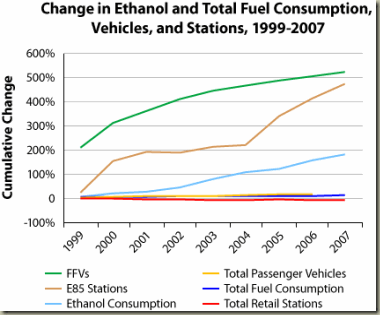
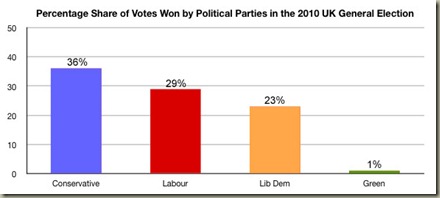
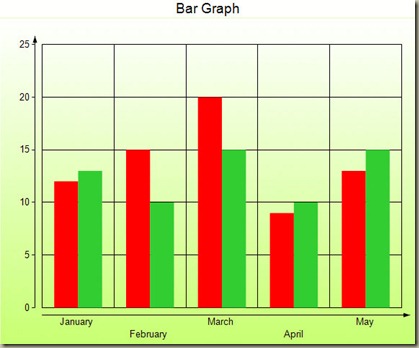
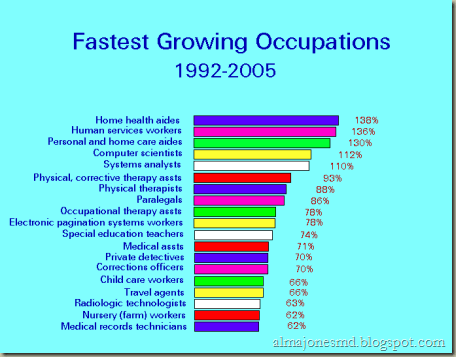
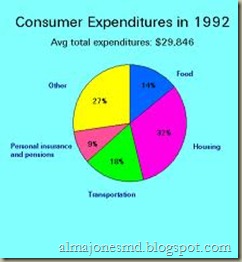

 what the flow of ideas will lead to.
what the flow of ideas will lead to.
